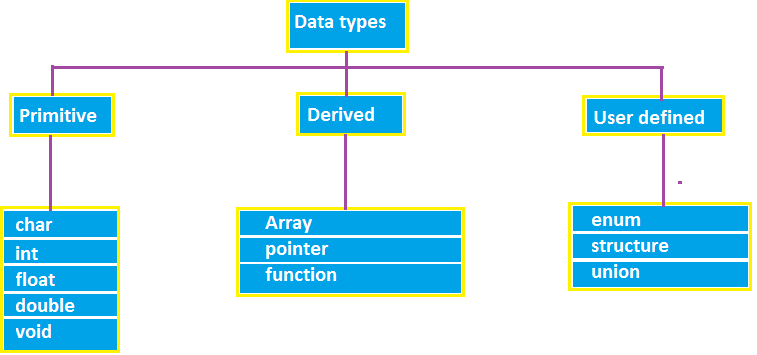Windows key – brings up the Metro start screen. You can start typing
to search for an app, just like the Win7 start menu.
 |
| Windows 8 Shortcuts |
Win + D – brings up the old Windows desktop.
Win + C – brings up the Charms menu, where you can search, share, and
change settings.
Win + I – opens the Settings panel, where you can change settings for
the current app, change volume, wireless networks, shut down, or adjust the
brightness.
Win + Z – opens the App Bar for the current Metro application.
Win + H – opens the Metro Share panel.
Win + Q – brings up the Metro App Search screen.
Win + W – brings up the Metro Settings search screen.
Win + F – brings up the Metro File search screen.
Win + K – opens the Devices panel (for connecting to a projector or
some other device)
Win + , (comma) – Aero Peek at the desktop.
Win + . (period) – Snaps the current Metro application to one side of
the screen. (Right side)
Win + Shift + . (period) – Snaps the current Metro application to the
other side of the screen. (Left side)
Win + J – switches focus between snapped Metro applications.
Win + Page Up / Down – moves the current app to the other monitor.
Win + Tab – opens the Metro application switcher menu, switches
between applications.
You might notice that we didn’t show screenshots of how all these
shortcut keys work, and there’s a reason for that: you need to test them out
for yourself to really learn how they work.
Win+X – lunch kind of start menu, very useful
Windows Key + Print Screen saves a screenshot into your Pictures
folder. It’s quite handy.
Please share if we missed any other shortcuts..










